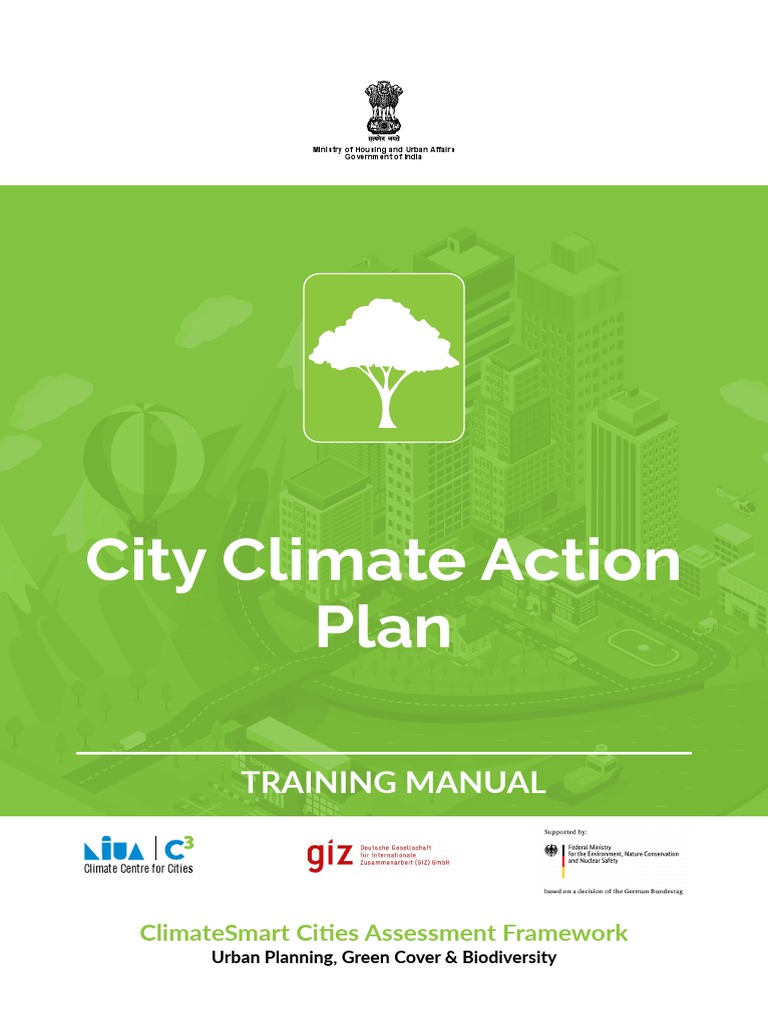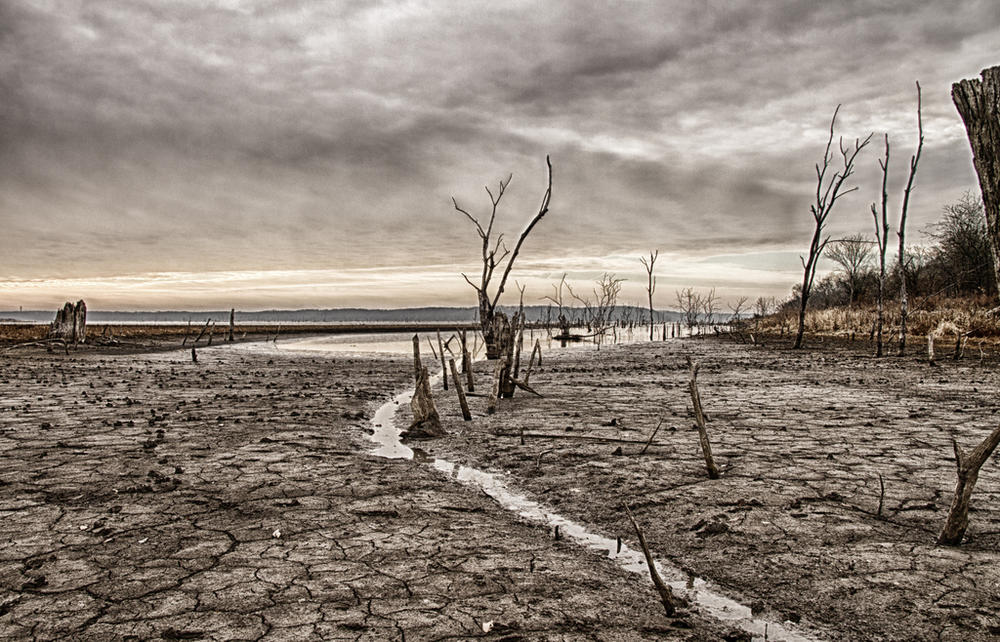Climate change is not a distant threat; it’s a present reality that is reshaping our ecosystems, economies, and lives. To combat this urgent crisis, we must redesign our approach, deploying innovative ideas and galvanizing collective action. This blueprint outlines a comprehensive strategy to initiate meaningful changes at individual, community, and global levels.
Understanding the complex web of factors contributing to climate change is fundamental. It’s not merely about rising temperatures; it embodies a myriad of interconnected challenges including biodiversity loss, resource depletion, and socio-economic disparities. Thus, any action plan must be holistic and multifaceted, inviting diverse stakeholders to participate in the process.
Long-term solutions require vision, but vision without action is merely a mirage. Let’s explore actionable strategies that promise not just remediation but transformation.
Empowering Individuals: The Grassroots Revolution
Among the most formidable agents of change are individuals. Each person’s choices can either exacerbate the crisis or contribute to its resolution. To shift habits and inspire commitment, we should foster a culture of environmental stewardship.
Incorporating Sustainability into Daily Life
The journey begins at home. By adopting sustainable practices, individuals can make substantial contributions. Simple shifts, such as minimizing waste through composting, embracing reusable products, and adopting plant-based diets, can collectively lead to significant emissions reductions. Educating society on the impact of consumption patterns can cultivate a conscientious mindset around resource use.
Engaging Communities: Local Action with Global Impact
Communities serve as the nucleus for organizing effective environmental initiatives. By fostering networks of collaboration, we amplify the voices of change-makers and empower active participation. A key component is community-driven projects that address local challenges while contributing to broader climate goals.
Building Resilient Neighborhoods
Priority should be given to developing resilient infrastructure that can withstand climate impacts. Implementing green building standards, enhancing urban green spaces, and promoting sustainable transportation options can fortify neighborhoods against the onslaught of extreme weather events. Involving community members in the design process ensures that solutions are tailored to the unique character and vulnerabilities of each locale.
Collective Action for Systemic Change
For meaningful progress, grassroots efforts must intersect with policy changes at higher levels of governance. This is where activism plays a vital role. Mobilizing communities to advocate for environmental legislation can transform the political landscape. Campaigns aimed at reducing carbon emissions, protecting natural resources, and promoting renewable energy investments should be prioritized.
The Role of Education: Cultivating the Next Generation
Education serves as both a foundational pillar and a catalyst for change. By integrating environmental education into curricula, we equip young minds with the tools needed to confront climate challenges. Programs that emphasize critical thinking and problem-solving in environmental contexts can nurture a generation of eco-literate leaders and changemakers.
Innovation and Technology: Harnessing Progress
As humanity grapples with the unfolding climate crisis, technology stands as a double-edged sword—capable of exacerbating the problem or providing pathways to solutions. Our focus must be on how we can leverage scientific advancements to mitigate climate impacts substantially.
Renewable Energy Revolution
The transition from fossil fuels to renewable energy sources is not just imperative but also feasible. Investing in solar, wind, and hydroelectric power offers a twofold benefit: reducing greenhouse gas emissions and enhancing energy independence. Governments, businesses, and individuals must collaborate to boost renewable energy adoption, facilitate research, and develop storage technologies that maximize efficiency.
Carbon Capture and Geoengineering: Controversial Yet Essential
As part of a diversified strategy, the exploration of carbon capture technologies and geoengineering holds promise, albeit with caution. While these solutions could help draw down atmospheric CO2 levels, they necessitate rigorous ethical considerations and comprehensive regulatory frameworks to avoid unintended consequences. Public engagement in dialogues regarding these technologies can foster transparency and trust.
Protecting Biodiversity: A Key Climate Mitigation Strategy
Another crucial aspect often overlooked is the intrinsic connection between biodiversity and climate change. Conservation efforts should be at the forefront of any climate action plan. Protecting ecosystems—forests, wetlands, and marine environments—acts as a natural buffer against climate change while preserving critical habitats. Investing in reforestation and habitat restoration initiatives can significantly enhance biodiversity while sequestering carbon.
Changing the Narrative: Climate Justice and Equity
A comprehensive approach to combatting climate change must embrace social equity. The burdens of climate impacts disproportionately affect marginalized communities. Advocate for climate justice ensures that those who are most vulnerable are included in decision-making processes and that their voices are amplified. This involves addressing the socio-economic conditions that underlie vulnerability and fostering inclusiveness in climate action strategies.
Towards a Sustainable Future: A Collective Commitment
Ultimately, the fight against climate change necessitates a paradigm shift—a collective commitment to reimagining how we interact with our planet. By integrating individual actions with community initiatives, technological advancements, and overarching policies, we can craft a multifaceted response that is both innovative and transformative.
Fostering a culture of resilience, equity, and stewardship will lay the groundwork for a sustainable future. The question remains: are we ready to seize this moment of opportunity and embrace our roles as stewards of the Earth? The action begins with you.


